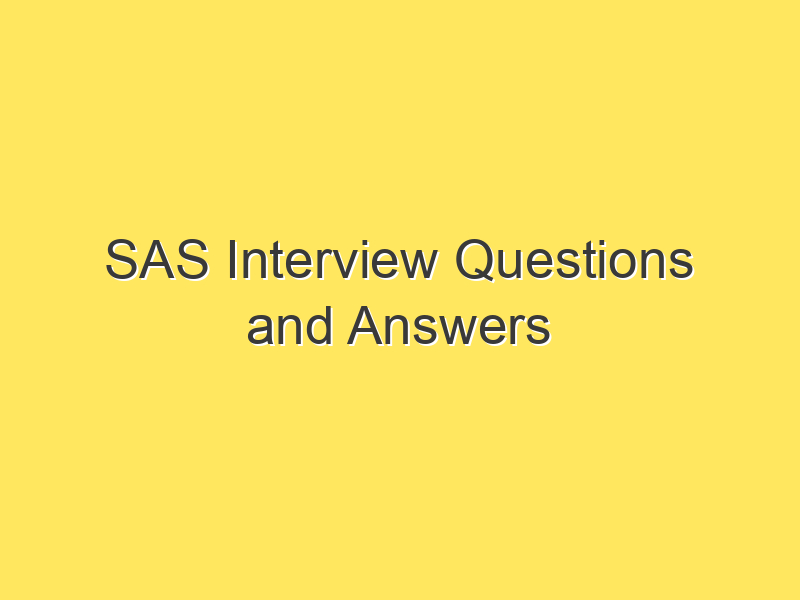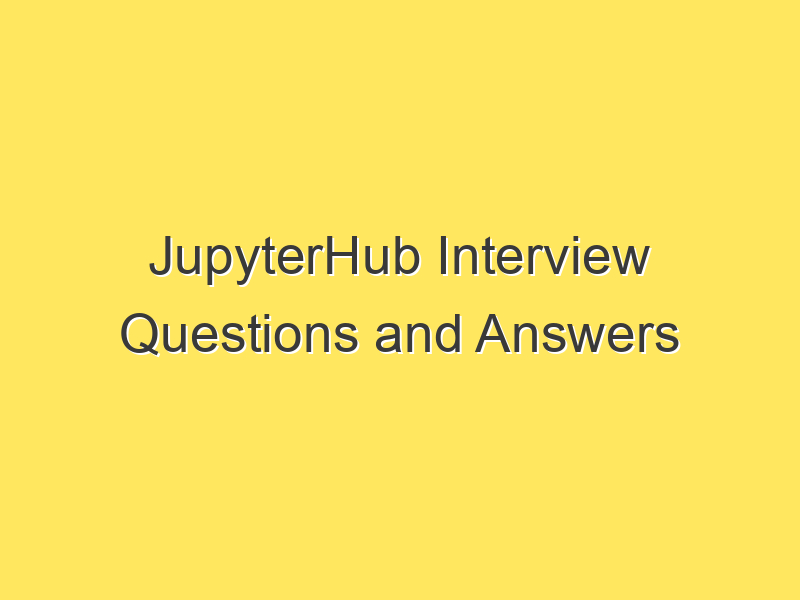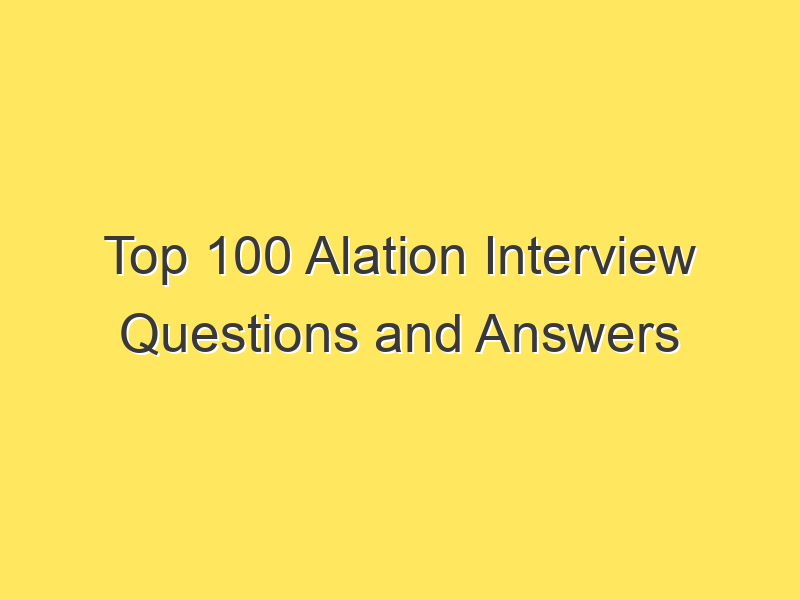Top 20 Alteryx Interview Questions and Answers:
As the field of data analytics continues to evolve, Alteryx has emerged as a frontrunner, empowering professionals to effortlessly blend, cleanse, and analyze data. If you’re preparing for an Alteryx interview, a deep understanding of both theory and practical application is paramount. This article delves into the top 20 Alteryx interview questions, providing comprehensive answers to help you stand out in your interview.
Post Contents
1. What is Alteryx?
Answer: Alteryx is a cutting-edge self-service data analytics platform that revolutionizes the way analysts and data scientists work with data. Offering a drag-and-drop interface, Alteryx facilitates the seamless preparation, blending, and analysis of data from diverse sources.
2. How does Alteryx differ from other data preparation tools?
Answer: Alteryx distinguishes itself by offering a code-free environment, making data blending and analysis accessible to a broader audience. Its efficiency in handling vast datasets, coupled with seamless integration with popular visualization tools like Tableau, sets it apart from traditional data preparation tools.
3. What is the Alteryx Designer?
Answer: At the heart of Alteryx is the Designer, an all-encompassing application where users construct and execute workflows. With a canvas for designing workflows, a toolbox for data preparation and analysis tools, and a runtime engine, the Designer is the epicenter of data transformation.
4. Explain the concept of “workflow” in Alteryx.
Answer: In Alteryx, a workflow is a meticulous sequence of connected tools that orchestrate data preparation, blending, and analytical tasks. It is a visual representation of the end-to-end process of transforming raw data into meaningful insights.
5. How does Alteryx handle missing data?
Answer: Alteryx offers robust tools such as “Filter” and “Imputation” to manage missing data. The “Filter” tool facilitates the inclusion or exclusion of records based on specified conditions, while the “Imputation” tool fills in missing values with calculated or user-defined replacements.
6. Can you explain the Alteryx data blending process?
Answer: Data blending in Alteryx involves amalgamating data from multiple sources based on common fields. The versatile “Join” and “Union” tools are employed for horizontal and vertical merging of datasets, ensuring a comprehensive approach to data blending.
7. What is the Alteryx Gallery?
Answer: The Alteryx Gallery serves as a cloud-based hub where users collaborate, share, and execute workflows. It facilitates seamless collaboration, enabling users to automate and share their data workflows effortlessly.
8. Explain the concept of Alteryx Macros.
Answer: Alteryx Macros are dynamic, reusable workflows that transcend project boundaries. These tools encapsulate a series of tools and configurations into a single entity, fostering efficiency and consistency in workflow design.
9. How can you schedule workflows in Alteryx?
Answer: Scheduling workflows in Alteryx is streamlined through the Alteryx Scheduler. Users can establish recurring schedules, automating the execution of workflows at predefined intervals, thereby enhancing the efficiency of data processing tasks.
10. How does Alteryx handle spatial data?
Answer: Alteryx includes dedicated tools for spatial data, enabling users to perform spatial analytics and join spatial datasets. The “Spatial Match” and “Spatial Info” tools exemplify the platform’s prowess in spatial data processing.
11. What is the purpose of the “Browse” tool in Alteryx?
Answer: The “Browse” tool is a crucial component for inspecting data at different workflow stages. It allows users to scrutinize and analyze data at any point, ensuring the accurate application of transformations.
12. Can you explain the Alteryx Server and its role?
Answer: Alteryx Server is an enterprise-level solution facilitating centralized management and deployment of Alteryx workflows. It acts as a collaborative hub, providing features for version control, collaboration, and efficient workflow management.
13. How does Alteryx integrate with external databases?
Answer: Alteryx seamlessly integrates with various databases such as SQL Server and Oracle through connectors. The “Input Data” tool serves as the gateway, enabling users to connect to external databases and import data for analysis.
14. What is predictive analytics in Alteryx?
Answer: Alteryx boasts predictive analytics tools that empower users to construct and deploy predictive models. From regression analysis to clustering and machine learning, these tools elevate Alteryx into the realm of advanced analytics.
15. How can you optimize the performance of an Alteryx workflow?
Answer: Optimizing performance involves judicious use of tools such as “Select” to choose only necessary fields, leveraging in-database tools for processing data at the source, and minimizing computationally intensive operations.
Conclusion:
Alteryx stands at the forefront of data analytics, and mastery of its functionalities is pivotal for professionals in the field. These interview questions and comprehensive answers lay the groundwork for your interview preparation. Augment your theoretical knowledge with practical experience to showcase your proficiency in harnessing the capabilities of this formidable data analytics platform.
FAQs:
Q1: Is Alteryx suitable for beginners in data analytics? A: Absolutely. Alteryx’s user-friendly interface makes it an ideal starting point for beginners in data analytics. The drag-and-drop functionality ensures accessibility without the need for extensive coding skills.
Q2: Can Alteryx handle big data? A: Yes, Alteryx is equipped to handle large datasets efficiently. Its optimization techniques and compatibility with big data platforms such as Hadoop make it a robust choice for dealing with vast amounts of data.
Q3: Is Alteryx only for data analysts, or can data scientists use it too? A: Alteryx caters to both data analysts and data scientists. Its intuitive interface appeals to analysts, while the inclusion of advanced analytics tools positions it as a valuable asset for data scientists undertaking complex analytical tasks.
Q4: How does Alteryx compare to other data analytics platforms like KNIME or RapidMiner? A: Alteryx, KNIME, and RapidMiner are all potent tools, each with unique features. The choice among them depends on specific project requirements and individual preferences. Evaluating their interfaces, functionalities, and integration capabilities is key to selecting the most suitable platform for a given project.






